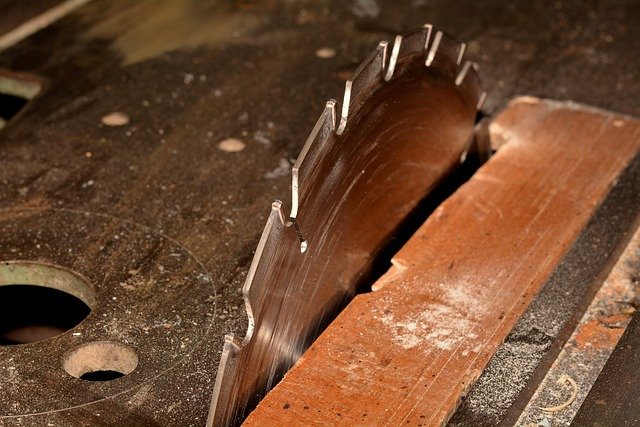Cabinet Installation Jobs: Skills, Duties, and Career Path
Cabinet installation jobs cover a range of tasks involved in fitting built-in storage and cabinetry into residential and commercial spaces. Technicians measure, modify, and secure cabinetry while coordinating with other trades to ensure proper fit and finish. This article explains what the work typically involves, the practical skills that matter, and how a career path in cabinet installation relates to woodworking, furniture assembly, and carpentry. This is general career information only and does not list current openings or imply the availability of specific job opportunities.

Cabinet installation: typical duties
Cabinet installation work begins with site assessment and measuring to create accurate templates for fit. Installers remove old units when necessary, adjust cabinets to uneven walls and floors, fasten units securely to framing, and install hardware such as hinges and drawer slides. Tasks frequently include cutting filler pieces, scribing trim, and sealing joints for a finished look. Installers often read plans and follow layout specifications provided by designers or contractors. The role demands attention to detail, good spatial reasoning, and the ability to coordinate timing with countertop, plumbing, and electrical trades to avoid delays.
Woodworking skills needed
Strong woodworking basics—cutting, shaping, and joining materials—are central to cabinet installation. Installers use table saws, routers, drills, and hand tools to trim and adapt components on site. Understanding grain direction, fasteners, and adhesives helps preserve structural integrity and visual continuity. Familiarity with material types (plywood, MDF, solid wood, laminates) and finishing techniques reduces risk of damage during fitting. Some installers also perform minor repairs or make custom pieces when off-the-shelf units won’t fit, which requires precision measuring, sanding, and finishing skills that overlap with traditional woodworking practice.
Furniture knowledge and styles
Knowledge of furniture styles and construction informs installation decisions and client expectations. Installers who understand cabinet and furniture design—such as shaker, inset, flat-panel, and custom joinery—can better match installation approach to the product’s intended aesthetic and function. This includes selecting appropriate hardware, determining reveal widths, and preserving intended door clearances. Recognizing how finishes behave (stain, paint, thermofoil, veneer) helps avoid mismatches and ensures edge treatments and caulking are compatible. That furniture-focused awareness supports both functional outcomes and the homeowner’s visual goals.
Carpentry qualifications and training
Cabinet installers commonly come from carpentry backgrounds or complete specific training programs that cover blueprint reading, basic math, tool safety, and installation techniques. Apprenticeships or on-the-job training under experienced installers are typical pathways. Certifications related to safety (OSHA or local equivalents) and tile or countertop subcontracting knowledge may be useful. Employers value consistent workmanship, punctuality, and the physical ability to lift and maneuver cabinets. References, a portfolio of installed projects, or documentation of completed coursework can help demonstrate competence during hiring assessments.
Craftsmanship and career progression
Craftsmanship in cabinet installation combines technical precision with an eye for finish and alignment; installers who deliver reliable, consistent results build reputations that support career growth. Progression can lead to supervisory roles, shop-based work producing custom cabinets, estimating and project coordination, or specialized installation niches (high-end millwork, commercial fit-outs). Continuing to refine joinery, finishing, and problem-solving skills increases opportunity to take on complex projects. Note: references to employer types or travel between job sites describe common work arrangements and are illustrative; this article does not list available positions.
Conclusion
Cabinet installation jobs blend practical woodworking skills, an understanding of furniture and finishes, and carpentry fundamentals to deliver fitted storage solutions. The work is hands-on and detail-oriented, with room for specialization and progression into shop roles or supervisory positions. While specific employment opportunities vary by market and season, the core competencies described here outline what employers and clients typically expect from experienced installers. This overview is intended to inform career considerations rather than provide active job listings.






